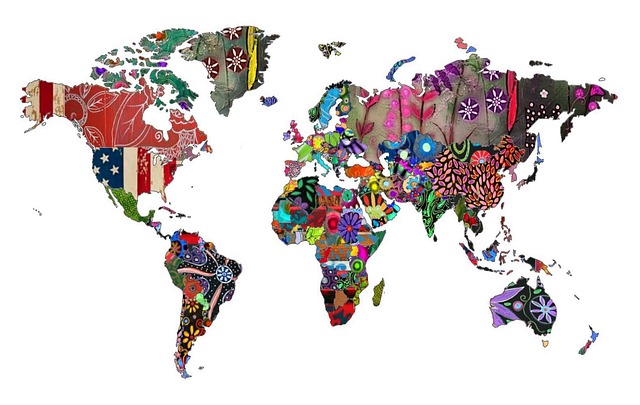China brought a capsule full of lunar soil from the far side of the moon down to Earth on Tuesday, achieving the latest success in an ambitious schedule to explore the moon and other parts of the solar system.
The sample, retrieved by the China National Space Administration’s Chang’e-6 lander after a 53-day mission, highlights China’s growing capabilities in space and notches another win in a series of lunar missions that started in 2007 and have so far been executed almost without flaw.
“Chang’e-6 is the first mission in human history to return samples from the far side of the moon,” Long Xiao, a planetary geologist at China University of Geosciences, wrote in an email. “This is a major event for scientists worldwide,” he added, and “a cause for celebration for all humanity.”
Such sentiments and the prospects of international lunar sample exchanges highlighted the hope that China’s robotic missions to the moon and Mars will serve to advance scientific understanding of the solar system. Those possibilities are contrasted by views in Washington and elsewhere that Tuesday’s achievement is the latest milestone in a 21st-century space race with geopolitical overtones.
In February, a privately operated American spacecraft landed on the moon. NASA is also pursuing the Artemis campaign to return Americans to the lunar surface, although its next mission, a flight by astronauts around the moon, has been delayed because of technical issues.
China, too, is looking to expand its presence on the moon, landing more robots there, and eventually human astronauts, in the years to come.
Thank you for your patience while we verify access. If you are in Reader mode please exit and log into your Times account, or subscribe for all of The Times.
Thank you for your patience while we verify access.
Already a subscriber? Log in.
Want all of The Times? Subscribe.

